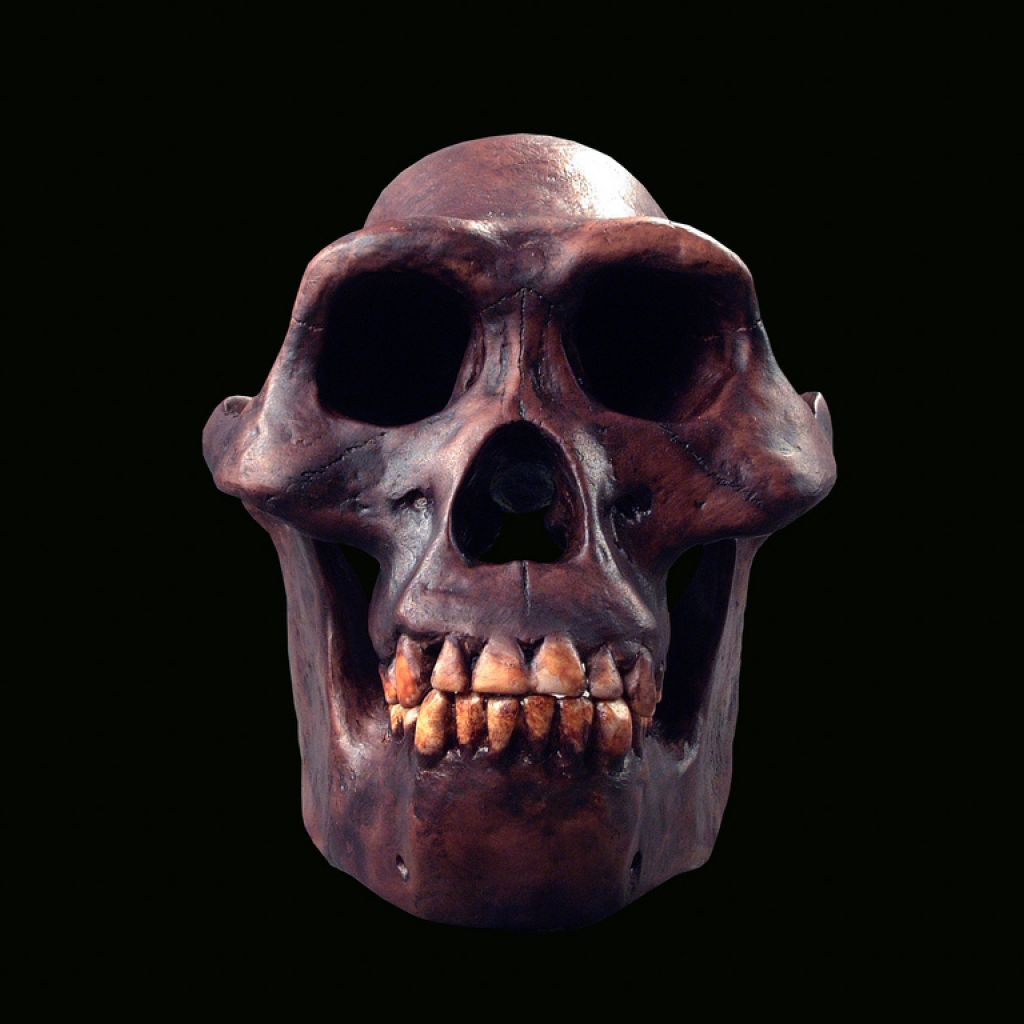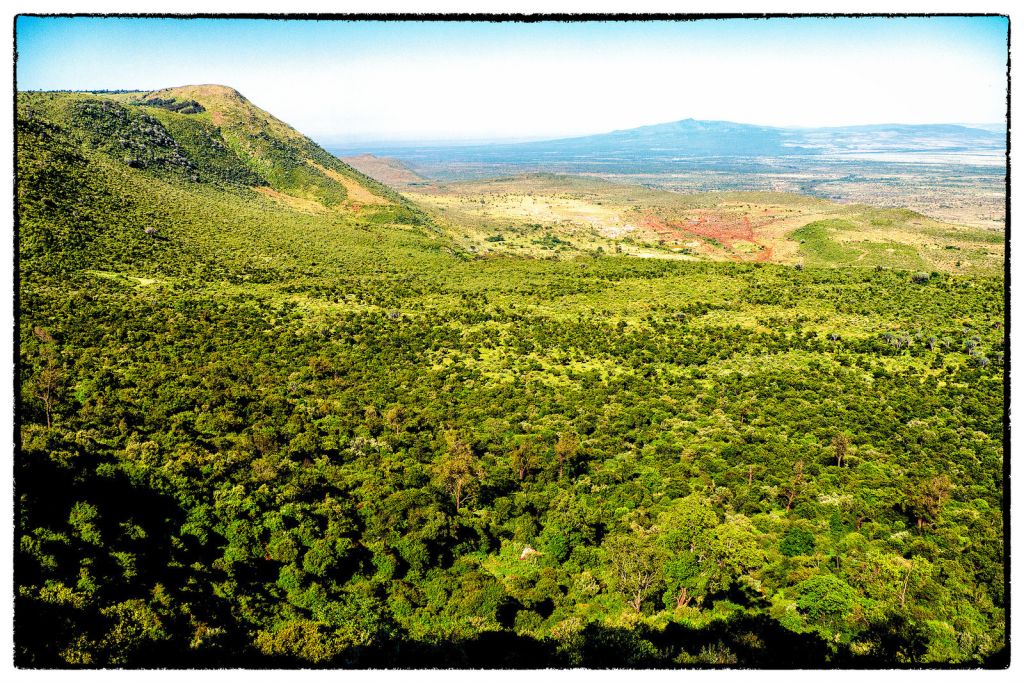Kenya fossil discovery reveals hominin adaptability
A new fossil discovery outside the Kenyan capital of Nairobi shows that early hominin species were more adaptable to new environments than had been previously believed.
A report published by Kyoto University documents the discovery of a forearm bone and fossilised teeth of an adult male and two infants belonging to the hominin Australopithecus afarensis.
The location of the fossils, exposed due to erosion along the Kantis River in Ongata-Rongai, is known as the Kantis site. It lies to the east of and far beyond the Great Rift Valley.

The discovery was a joint effort by an international team of palaeontologists, led by Emma Mbua of Mount Kenya University and Masato Nakatsukasa of Kyoto University in Japan.
The discovery is of particular significance because all other Australopithecus afarensis fossils have been found in the Rift Valley.
Nakatsukasa explains: “A previous Australopithecus bahrelghazali discovery in Chad confirmed that our hominid ancestor’s distribution covered Central Africa, but this was the first time an Australopithecus fossil has been found east of the Rift Valley.
“This has important implications for what we understand about our ancestors’ distribution range – namely that Australopithecus could have covered a much greater area by this age.”
Australopithecus afarensis is believed to have lived 3.7-million to 3-million years ago, as exemplified by fossils such as Lucy, which was unearthed in Ethiopia.
Maropeng is home to another Australopithecus specimen, Australopithecus sediba, which was discovered in South Africa’s Cradle of Humankind in early 2008. The sediba fossils belonged to a young male aged approximately 12 and a female in her late 20s or early 30s.
Wits Professor Lee Berger, who led the discovery team, believes that Australopithecus sediba may be the best candidate yet for the immediate ancestor of the Homo genus, to which humans, Homo sapiens, belong.
